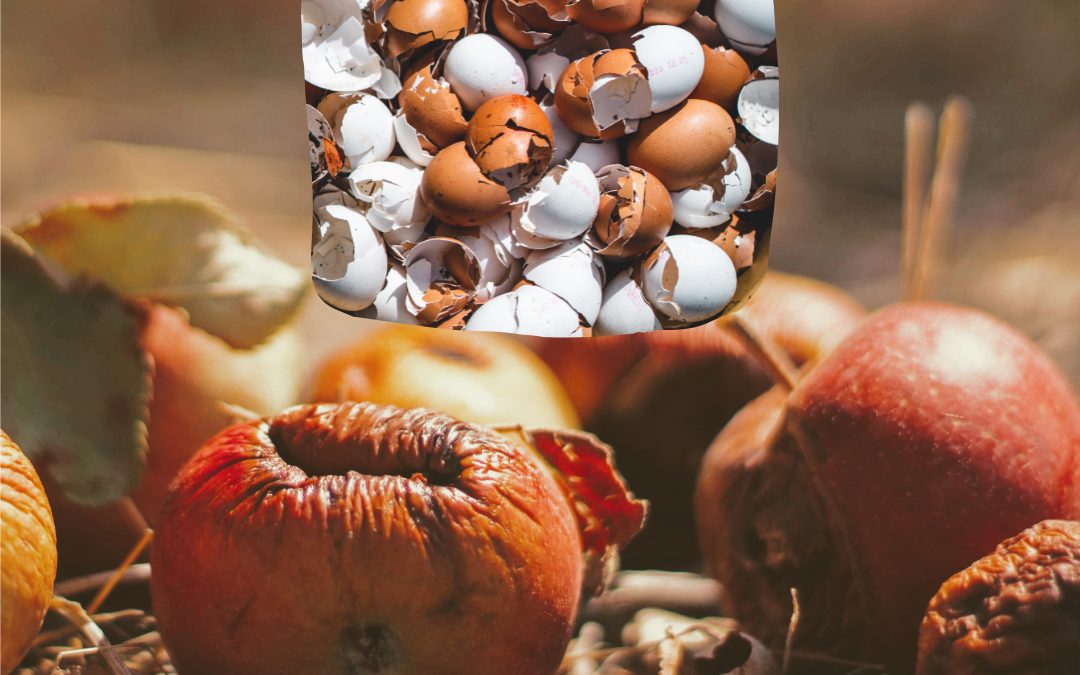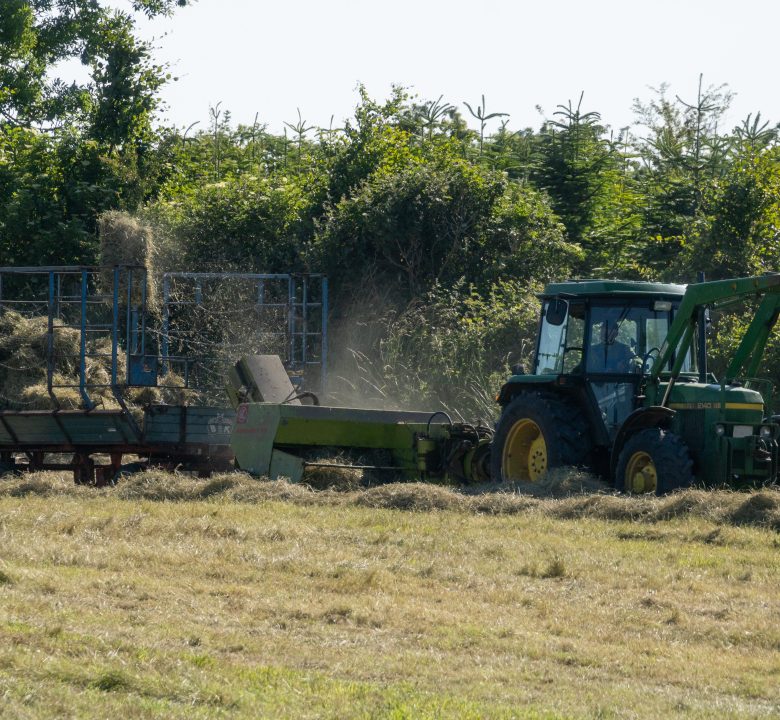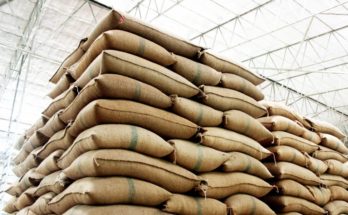
Impact of Agribusiness on Rural Communities
February 2, 2023
African Agriculture Policy and Practice
February 3, 2023Introduction to Composting at Home
Composting at home is a great way to reduce waste, improve soil health, and promote sustainability. Whether you have a large garden, a small balcony, or just a windowsill, composting is a simple and rewarding activity that anyone can do. By composting at home, you can turn kitchen scraps, yard waste, and other organic materials into rich, nutrient-rich soil that will benefit your plants and the environment.
What is Composting?
Composting is the process of breaking down organic material into a rich soil amendment that can be used to improve the quality of your soil. This process can take anywhere from a few weeks to several months, depending on the size and composition of the compost pile. The composting process is carried out by a variety of microorganisms, including bacteria, fungi, and other decomposers.
Benefits of Composting at Home
There are many benefits to composting at home, including:
- Reducing waste. Composting helps to reduce the amount of organic waste that ends up in landfills, where it can contribute to environmental problems such as air pollution and groundwater contamination.
- Improving soil health. Compost adds important nutrients and organic matter to soil, helping to improve its structure and fertility. This can result in healthier plants and improved crop yields.
- Conserving resources. By composting at home, you can reduce the amount of fertilizer, pesticides, and other chemicals that you need to use in your garden. This helps to conserve natural resources and reduce your environmental footprint.
- Saving money. Composting at home can save you money by reducing your need for expensive soil amendments and fertilizer. Additionally, composting can help you to reduce your overall waste disposal costs.
Types of Composting at Home
There are several different methods of composting, including:
- Backyard composting. This is the most common type of composting, and involves creating a compost pile in your backyard using yard waste, kitchen scraps, and other organic materials.
- Vermicomposting. Vermicomposting involves using red wigglers or other composting worms to break down organic material into compost. This type of composting is especially well-suited for small spaces, as it can be done indoors.
- Bokashi composting. Bokashi composting is a type of anaerobic composting that uses effective microorganisms to break down food waste in a sealed container. This method is ideal for small spaces and for those who want to compost meat, dairy, and other foods that are typically not suitable for backyard composting.
Setting Up Your Compost Bin
There are many different types of compost bins available on the market, ranging from simple wire baskets to sophisticated compost tumblers. When choosing a compost bin, consider the following factors:
- Size. Consider the size of your compost bin in relation to the amount of organic material you will be composting. You want a bin that is large enough to hold all of your compostable materials, but not so large that it becomes difficult to manage.
- Location. Choose a location for your compost bin that is convenient and accessible. You will want to be able to easily add compostable materials to your bin, and to be able to turn and aerate your compost pile.
- Materials. Consider the materials used to construct your compost bin. Look for a bin made from durable, weather-resistant materials that will last for many years.
Composting at Home Techniques
To get the best results from your compost pile, it is important to use proper composting techniques. Some of the key techniques to keep in mind include:
- Balancing ingredients. A well-functioning compost pile should have a balance of green materials (such as kitchen scraps and yard waste) and brown materials (such as leaves and straw). Aim for a ratio of about two parts brown to one part green.
- Moisture. Your compost pile should be moist, but not soaking wet. Add water as needed to maintain the proper moisture level.
- Aeration. Regularly turning your compost pile helps to aerate it, providing oxygen to the microorganisms that are breaking down the organic material. This can be done with a compost aerator or by simply turning the pile with a garden fork.
- Heat: The composting process generates heat, which helps to kill pathogens and speed up the breakdown of organic material. Monitor the temperature of your compost pile, and add materials as needed to maintain a temperature of between 120-150°F.
Conclusion
Composting at home is a simple and rewarding activity that can help to reduce waste, improve soil health, and conserve resources. With a little effort and attention to detail, anyone can create a thriving compost pile that will provide rich, nutrient-rich soil for their plants and garden. Whether you have a large yard or just a windowsill, there is no reason not to start composting today.




